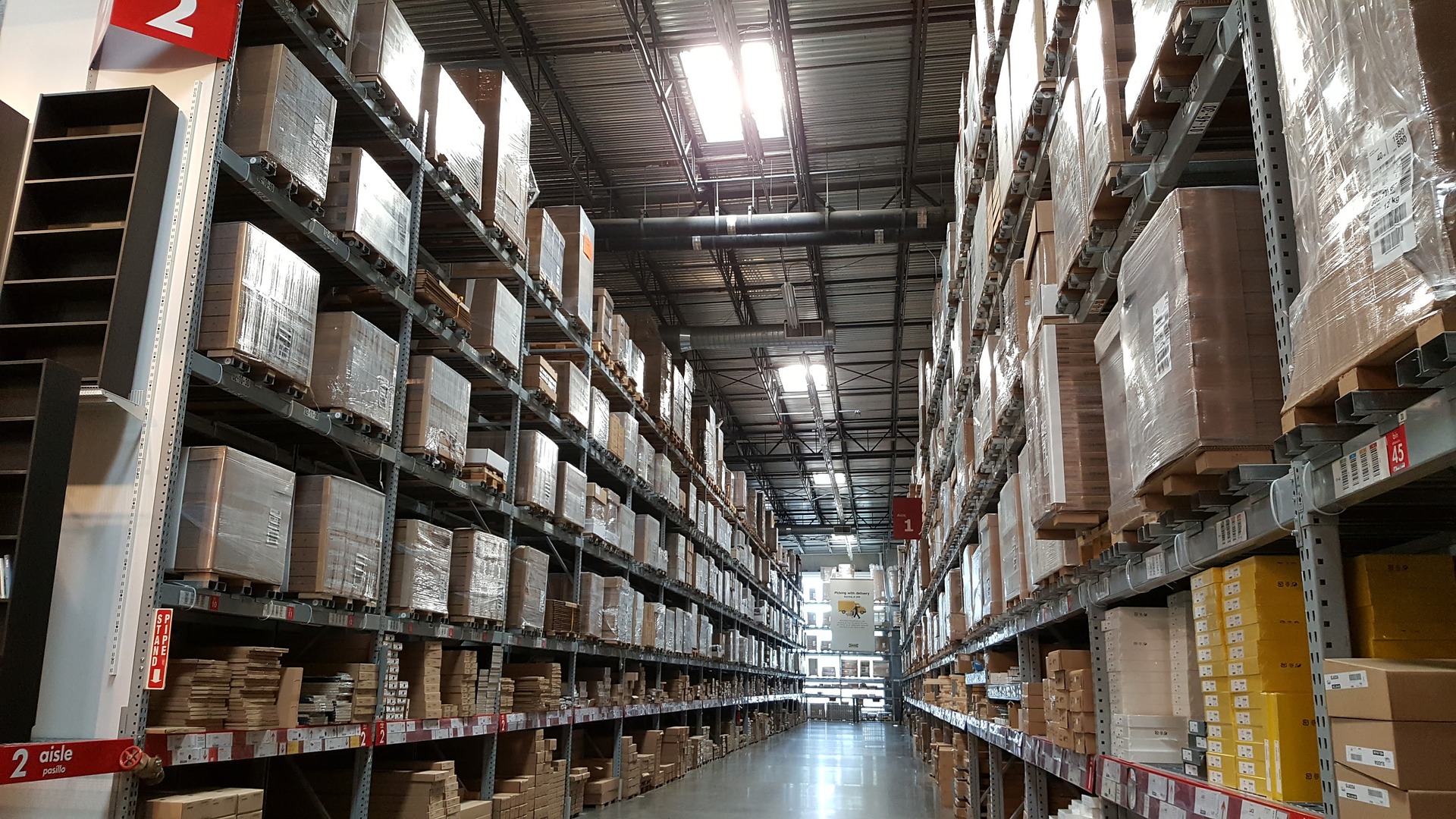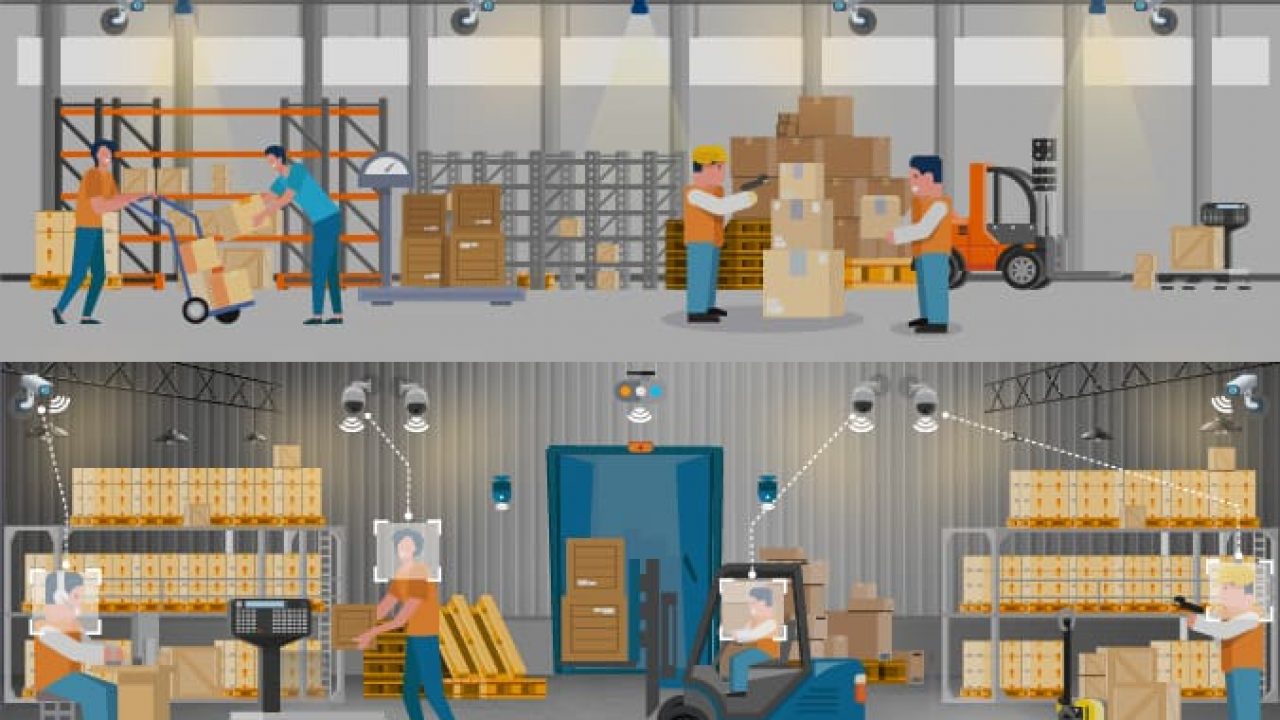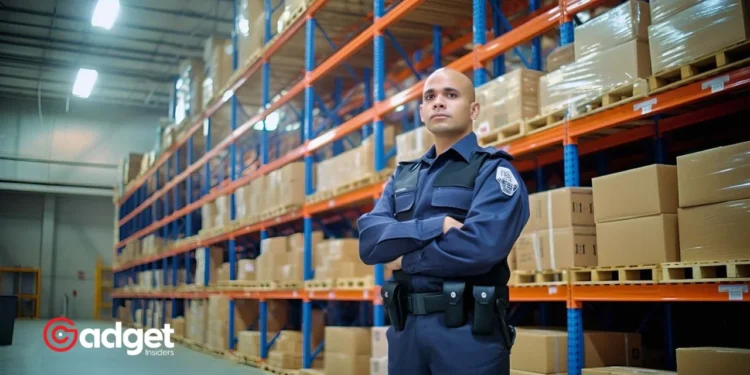Recent findings from an Oxfam report, “At Work and Under Watch: Surveillance and Suffering at Amazon and Walmart Warehouses,” have ignited a debate about the extent and ethics of employee monitoring by two of the nation’s largest private employers.
The detailed 52-page document draws on responses from nearly 2,000 warehouse workers, shedding light on what it describes as an oppressive environment that heavily leverages technology to monitor employees’ every move.

Excessive Surveillance: A Threat to Worker Well-being?
According to the report, a significant percentage of employees at both companies report being constantly observed by technology that gauges their active engagement and work pace. This high level of surveillance not only puts the workers under immense pressure but also raises questions about their fundamental rights and welfare.
An Amazon worker from Alabama starkly likened the conditions to “slavery,” emphasizing, “They care more about quotas and meeting production rates than actually caring about us as human beings inside there. I feel more like a number.”
Amazon and Walmart warehouse employees are so surveilled that they're worried about breaking to use bathroom: Oxfam report https://t.co/CD1XIIHjiG
— Business Insider (@BusinessInsider) April 10, 2024
Corporate Response: Disagreement and Denial
Both Amazon and Walmart have challenged the findings of the Oxfam report. Amazon’s spokesperson, Maureen Lynch Vogel, criticized the report’s methodology, claiming it begins with biases and seeks to prove them, undermining the actual safety improvements and community benefits Amazon has implemented.
Similarly, a Walmart spokesperson argued that the report paints a misleading picture of the company’s use of technology and its commitment to data privacy and worker safety.

Technology’s Role: Safety Measure or Surveillance Tool?
Amazon and Walmart defend their use of technology as essential for security and logistical efficiency. Amazon’s head of ESG Engagement, Tessie Petion, insists that their technology primarily aims to secure inventory and ensure safety, not to monitor employees.
However, the Oxfam report contradicts this by illustrating a pervasive use of surveillance tools that contribute to a workplace culture where employees feel they must constantly prove their productivity.
A Call for Change
The implications of such surveillance are profound, with 54% of Amazon respondents and 57% of Walmart respondents indicating that their production rate makes it difficult to use the bathroom.
“Being monitored this minutely takes a physical and mental toll,” the report suggests, urging both corporations to reconsider their surveillance strategies to foster healthier work environments.

Oxfam America’s director, Irit Tamir, described the situation as a shift toward a “really dystopian workplace,” where continuous surveillance has created an oppressive atmosphere.
The report calls on Amazon and Walmart to modify or cease their surveillance practices to eliminate unreasonable quotas and reduce the physical and psychological burdens on employees.
Amazon and Walmart: Shaping the Future of Work and Labor Practices
As Amazon and Walmart continue to set benchmarks for operational efficiency in warehousing and distribution, the balance between leveraging technology for productivity and maintaining humane work conditions remains delicate.
The debate sparked by the Oxfam report highlights the broader implications of workplace surveillance, suggesting a need for a more worker-centered approach in the discussion about technology’s role in the modern workplace.
The conversation is far from over, and the responses from Amazon and Walmart will likely shape not only their future policies but also influence labor practices across the industry.
As these discussions unfold, the spotlight on worker rights and corporate responsibilities continues to intensify, calling for a reassessment of strategies to ensure that efficiency does not come at the cost of employee well-being.










